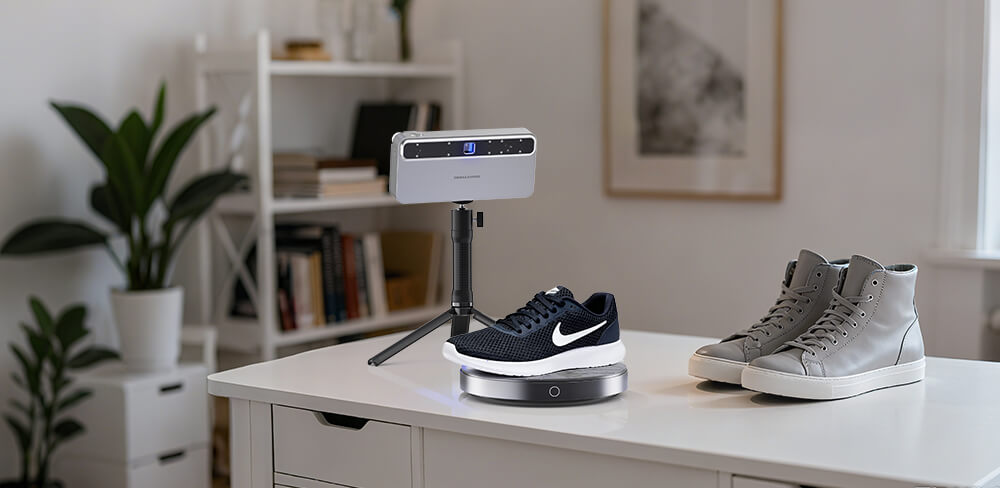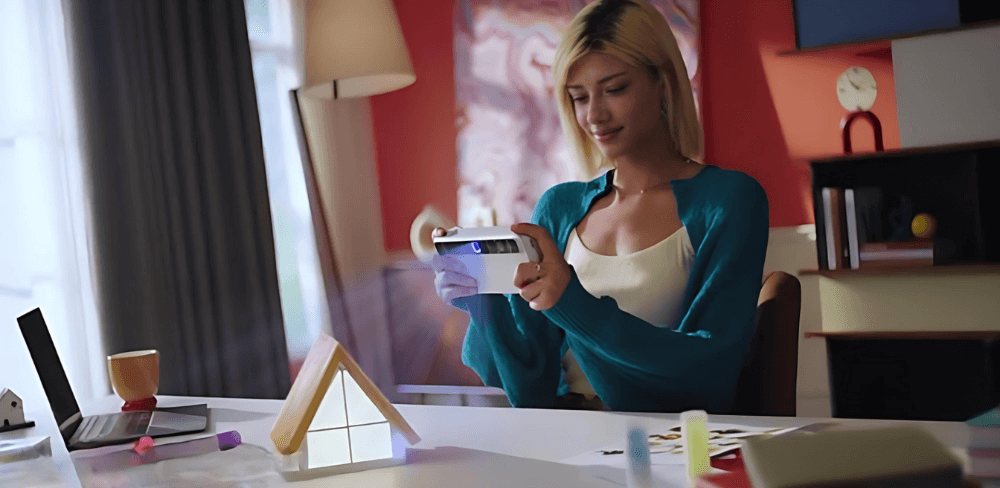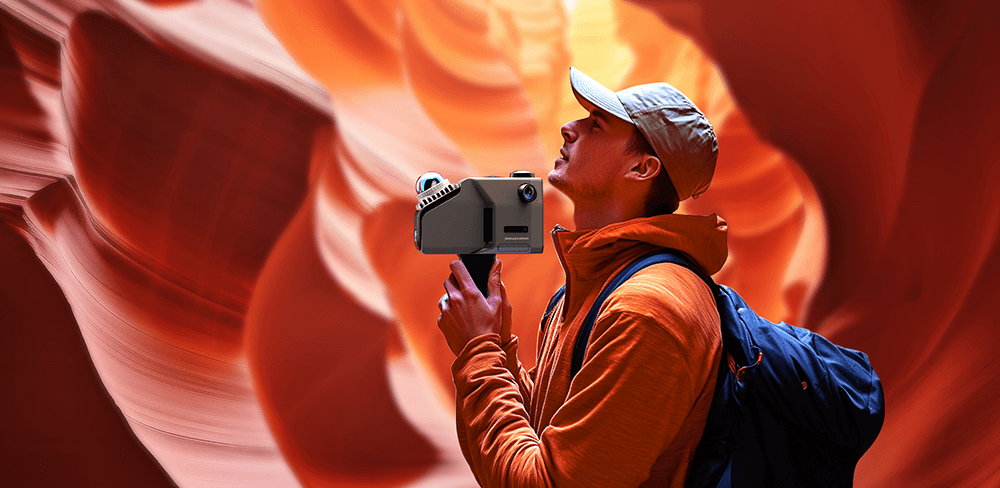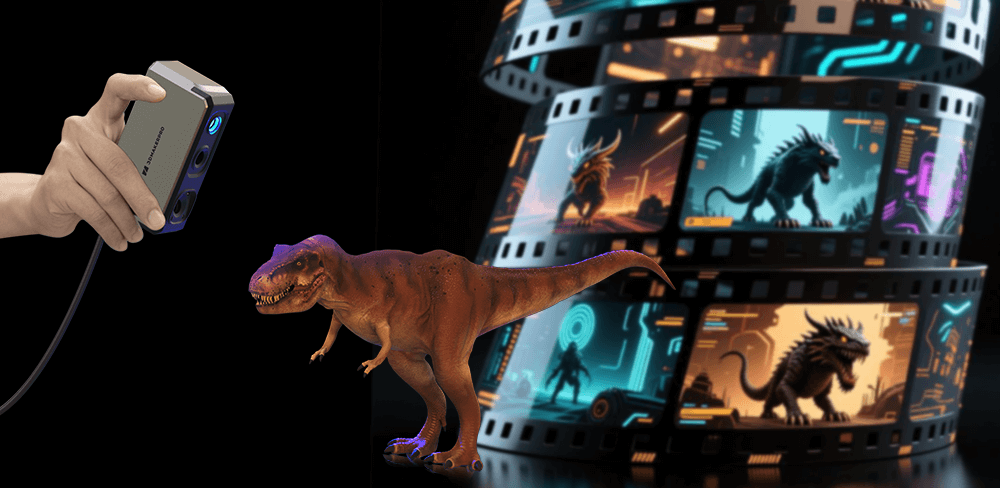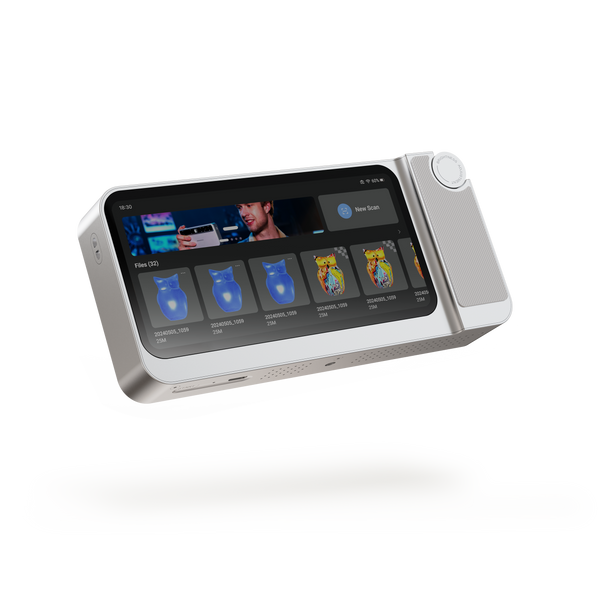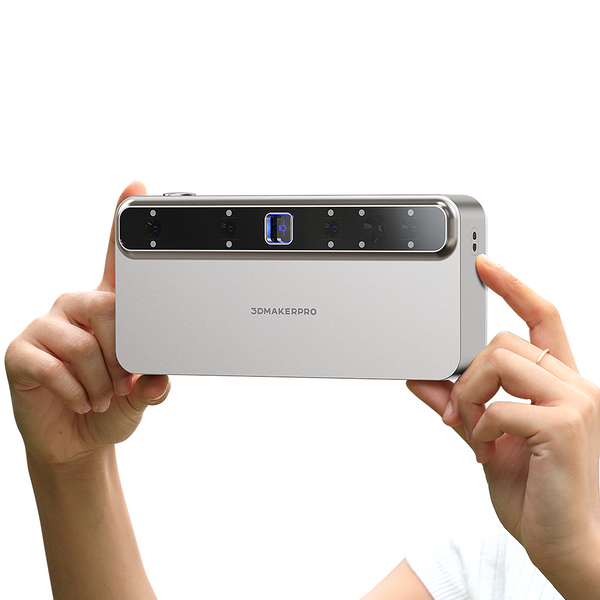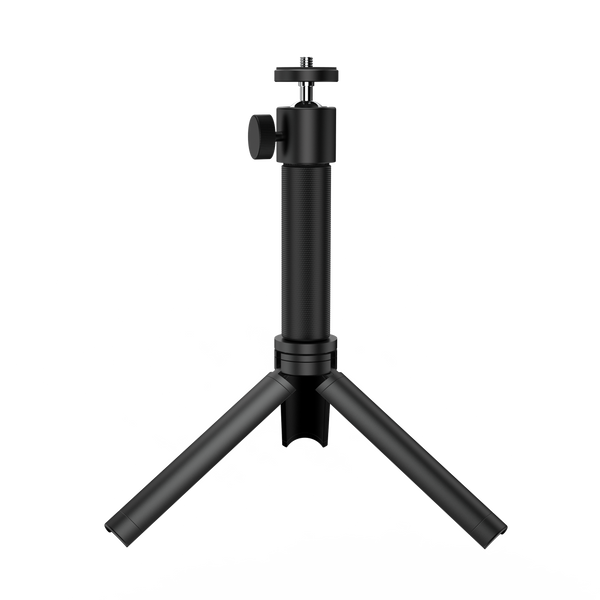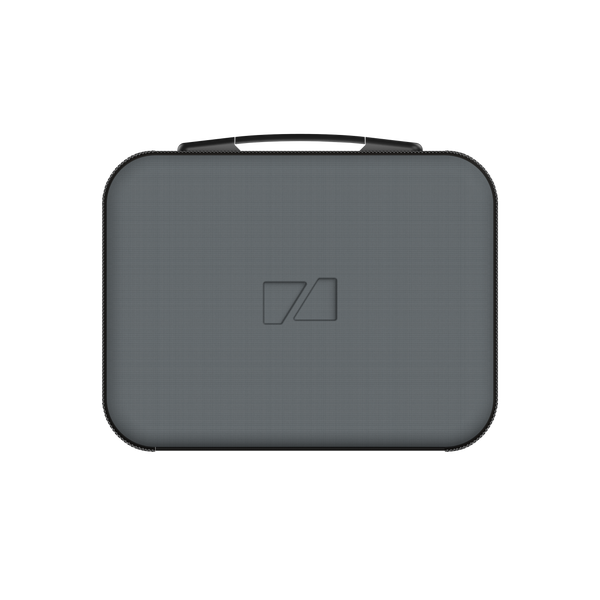In recent years, technology has revolutionized various industries, and the world of footwear is no exception. One of the most exciting advancements in this field is the integration of 3D scanning technology into shoe design. This innovative approach is reshaping how shoes are crafted and enhancing the overall consumer experience. Let's explore how 3D scanning is paving the way for the future of footwear.
Understanding 3D Scanning Technology
3D scanning involves capturing the physical dimensions of an object and converting them into a digital model. In shoe design, this means accurately measuring a person's foot to create a precise fit. One effective method is phase-shift structured light scanning, a non-contact technique that projects a series of light patterns to generate highly accurate, high-density 3D models. Unlike traditional laser scanners that capture points or lines one at a time, phase-shift structured light captures the entire field of view simultaneously, enabling the collection of millions of data points and intricate details across an object's surface.
Key Benefits of 3D Scanning in Shoe Design
Customization and Fit
One of the most significant advantages of 3D scanning is the ability to create custom-fit shoes. Traditional sizing often leads to discomfort due to variations in foot shape. With 3D scanning, brands can offer shoes that perfectly align with the contours of an individual's foot, improving comfort and reducing the risk of foot-related issues. The Toucan 3D Scanner boasts high precision, with an accuracy of ≤ 0.03mm for small objects and ≤ 0.10mm for large ones, allowing for highly customized footwear. This technology enables designers to scan shoes to ensure a perfect fit for every customer. By using the Toucan 3D Scanner, brands can enhance the personalization of their products, catering to individual needs more effectively.
Rapid Prototyping
The design process traditionally involves multiple iterations and prototypes. 3D scanning accelerates this process by enabling designers to quickly create and modify digital models based on real-time data. This means brands can bring new designs to market faster than ever, responding more effectively to consumer trends. Additionally, the Toucan 3D Scanner can easily scan dark objects or operate in low-light environments, greatly enhancing designer efficiency and becoming a reliable assistant. With the ability to scan shoes rapidly, designers can iterate on their ideas and refine fit and style more efficiently.
Sustainable Practices
Sustainability is increasingly becoming a priority in the fashion industry. With 3D scanning, brands can optimize material usage, designing shoes that generate less waste. Moreover, the ability to create on-demand footwear significantly reduces overproduction, making the industry more sustainable overall. By using 3D scanning to scan shoes accurately, brands can produce only what is needed, minimizing environmental impact.
Enhanced User Experience
Today's consumers seek more than just a product; they desire an experience. 3D scanning technology enables interactive shopping experiences, allowing customers to see how shoes will fit and look based on their unique foot shape. This level of personalization enhances customer satisfaction and loyalty. When customers can scan shoes and visualize their fit, it creates a more engaging and fulfilling shopping experience that encourages repeat business.
Challenges and Considerations
While the potential of 3D scanning in shoe design is immense, there are challenges to consider. The technology requires significant investment in both equipment and staff training. Additionally, integrating new technologies into existing design processes comes with a learning curve. Brands must balance customization with production efficiency. However, the Toucan 3D Scanner is a cost-effective solution, currently priced at just $999.00, making it an accessible option for many brands looking to implement the ability to scan shoes into their operations.
Looking Ahead
As technology continues to evolve, the future of shoe design will likely see even more sophisticated applications of 3D scanning. We can anticipate advancements such as augmented reality (AR) fitting rooms, allowing customers to visualize how custom-designed shoes will look and feel without physical trials. These innovations will further enhance the ability to customize shoes and provide personalized experiences, making the shopping process more intuitive and enjoyable.
In conclusion, 3D scanning is not just a trend; it's a transformative technology that is shaping the future of footwear. By prioritizing customization, speed, sustainability, and user experience, brands that adopt this technology will not only stay ahead of the competition but also meet the evolving needs of consumers. As we move forward, the convergence of technology and design will undoubtedly lead to a new era of footwear innovation, where the ability to scan shoes accurately will play a pivotal role.


